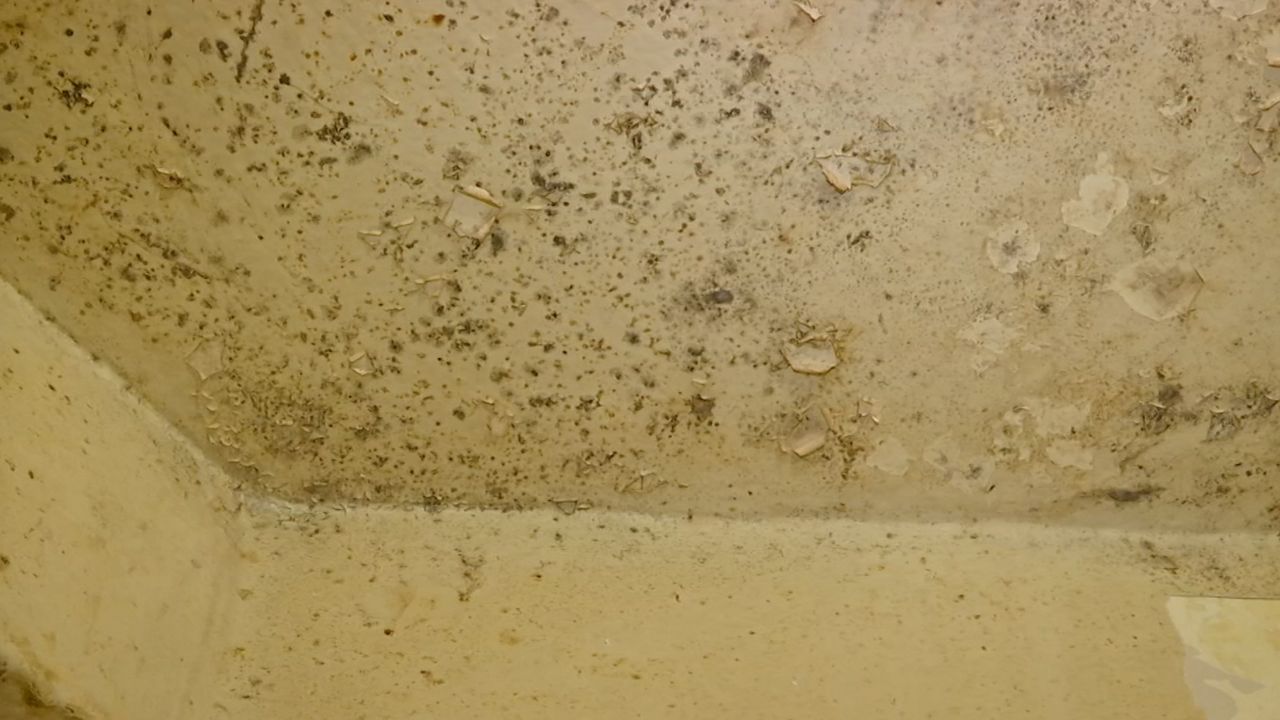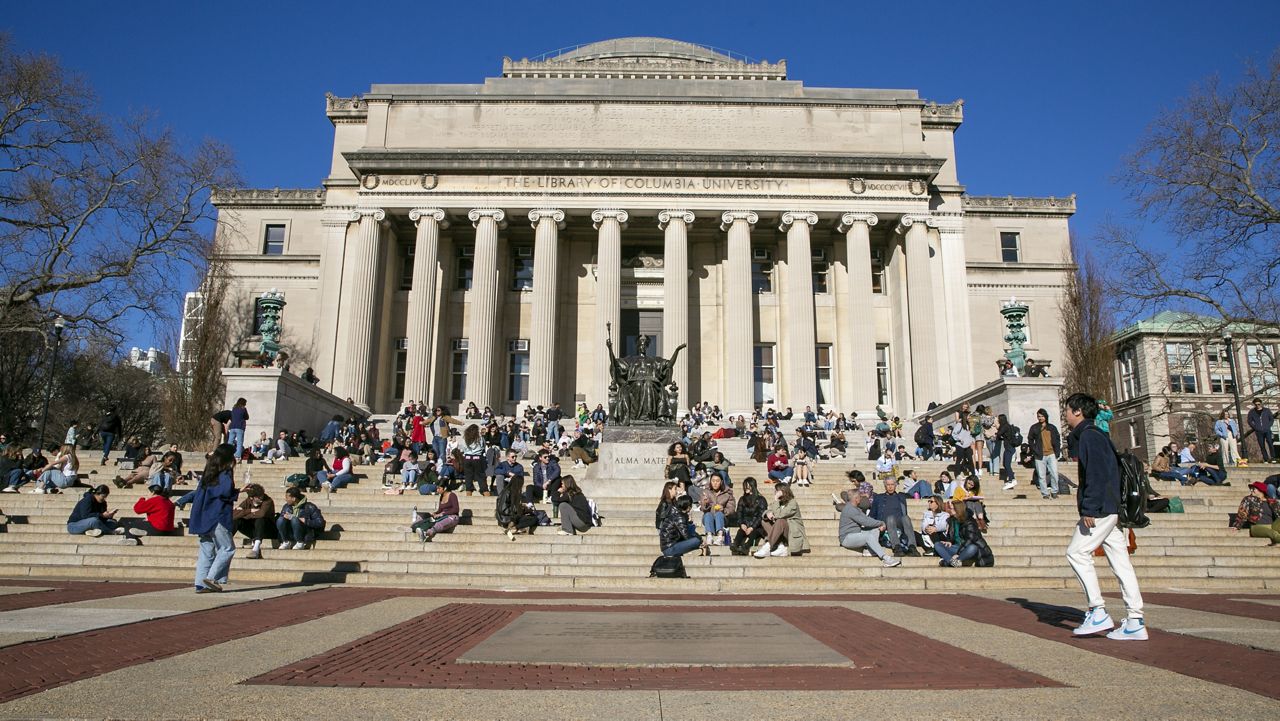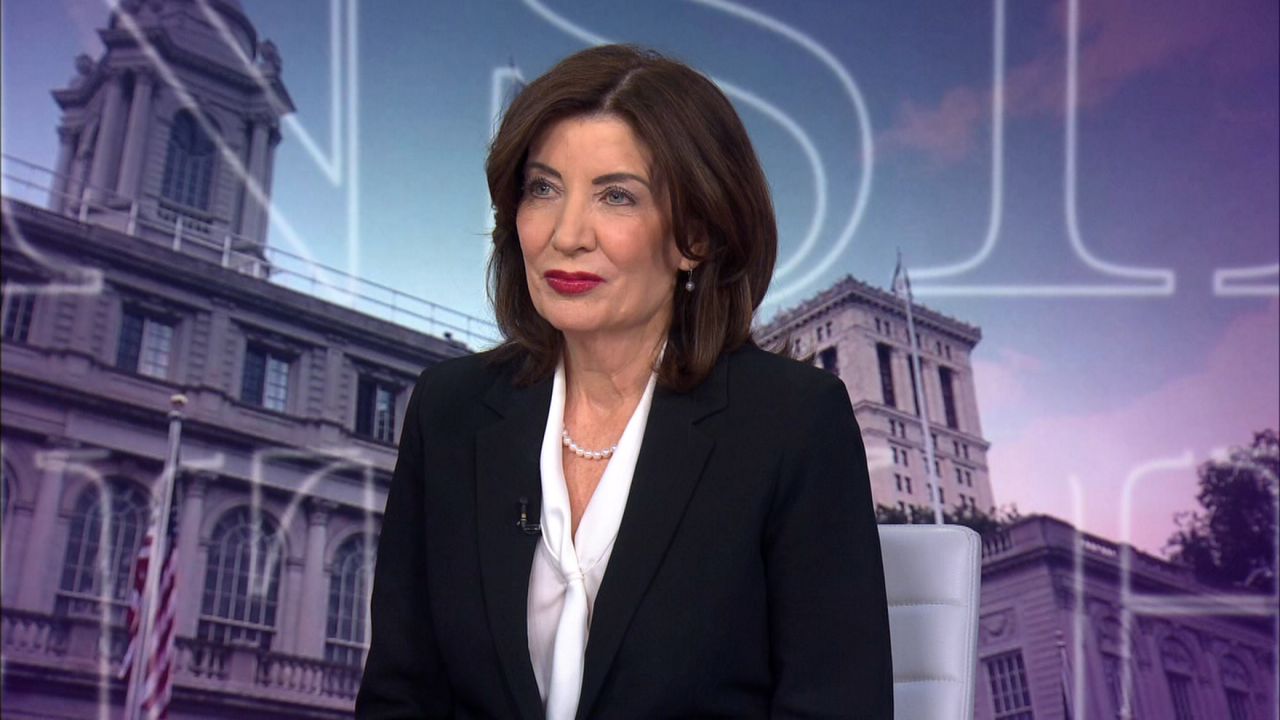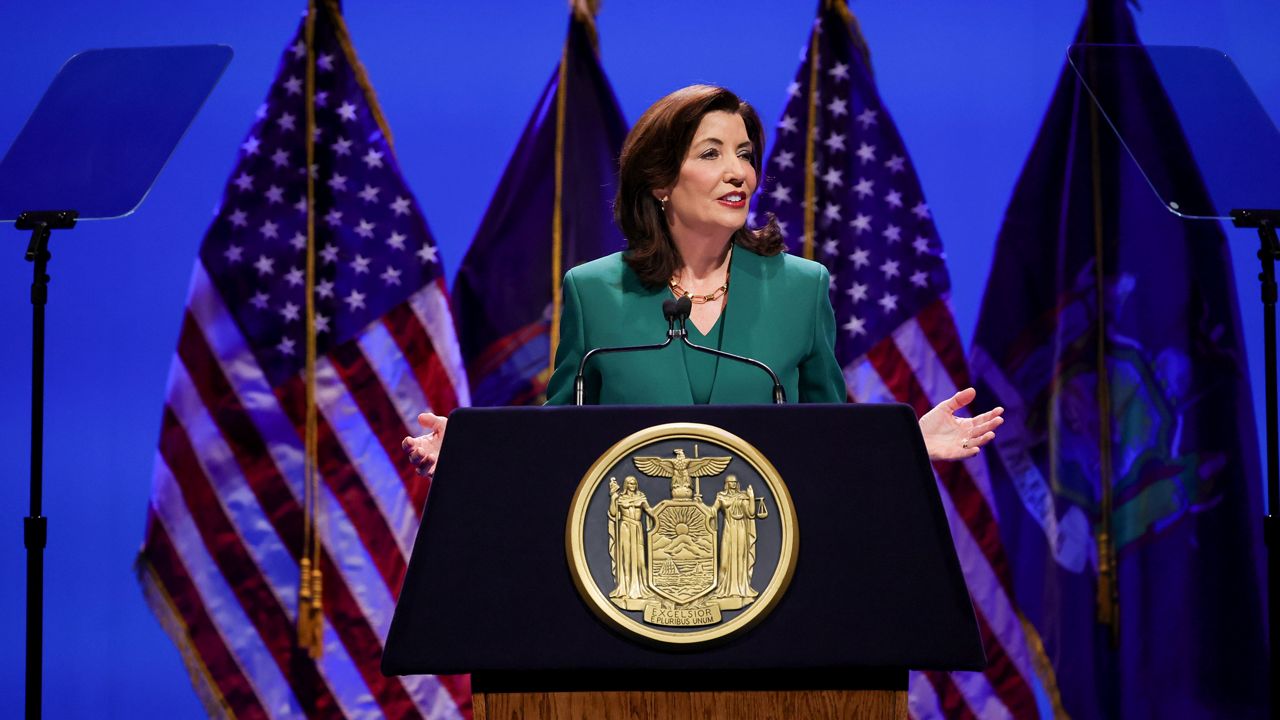New York's public housing was once a success story. Old tenements were cleared to make way for the new developments, starting with the First Houses on the Lower East Side, where First Lady Eleanor Roosevelt and Mayor Fiorello La Guardia cut the ribbon in 1935.
In that era, NYCHA was a relative oasis, providing modern housing for working families, and construction was soon completed on the Queensbridge Houses, NYCHA's largest development, and the building boom continued for decades.
Those days are long past. Thanks to funding cuts and, critics say, gross mismanagement, the Housing Authority today seems to be literally rotting from the inside, from widespread mold to peeling paint to broken elevators.
Its 326 developments are spread across all five boroughs, a city within a city that is home to almost 400,000 residents — about five percent of the city's population. It's a population larger than Cleveland.
Conditions have deteriorated. This winter was marked by widespread heat outages. Then came news that NYCHA had, for years, failed to perform mandated lead paint inspections, and filed false reports about it.
"NYCHA is a broken institution," New York Rep. Hakeem Jeffries said.
"We're in the middle of a sea of change at NYCHA," Mayor Bill de Blasio said.
De Blasio has long defended his administration's efforts, which include billions in new funding. But a years-long federal investigation wrapped up this summer with a scathing complaint that laid blame with the city.
"NYCHA was a dysfunctional operation and is fundamentally flawed," United States Attorney for the Southern District of New York Geoffrey Berman said in June.
In a settlement, the city agreed to put more than $2 billion toward the agency over ten years and submit to oversight by a federal monitor.
But with $32 billion-worth of capital construction needs over the next five years, it's clear that won't be nearly enough to fix all that ails the agency.








